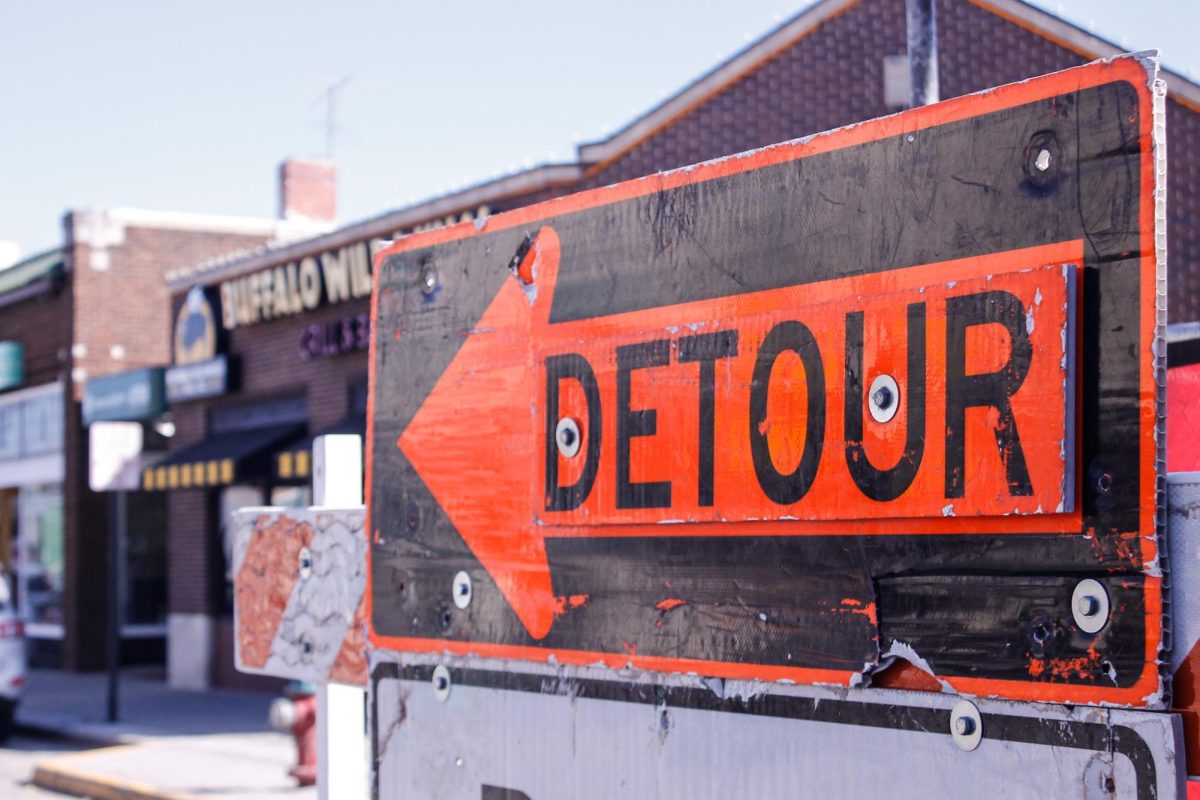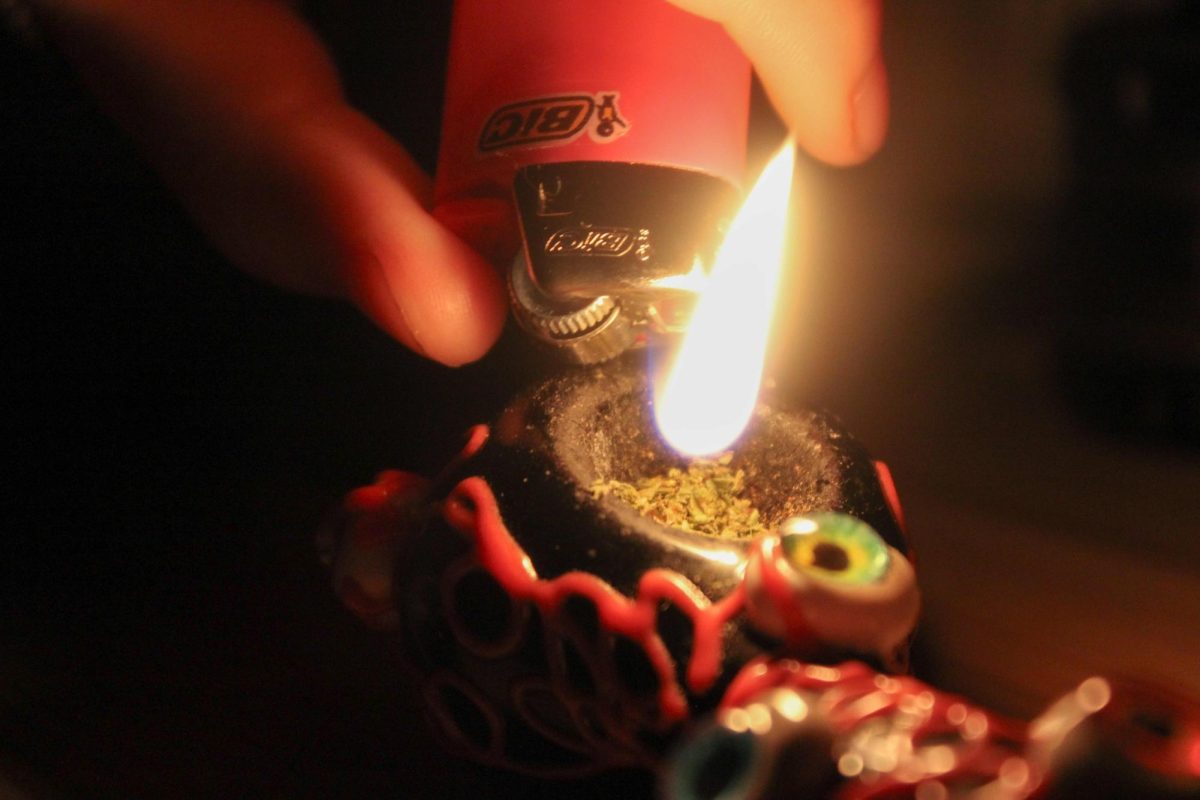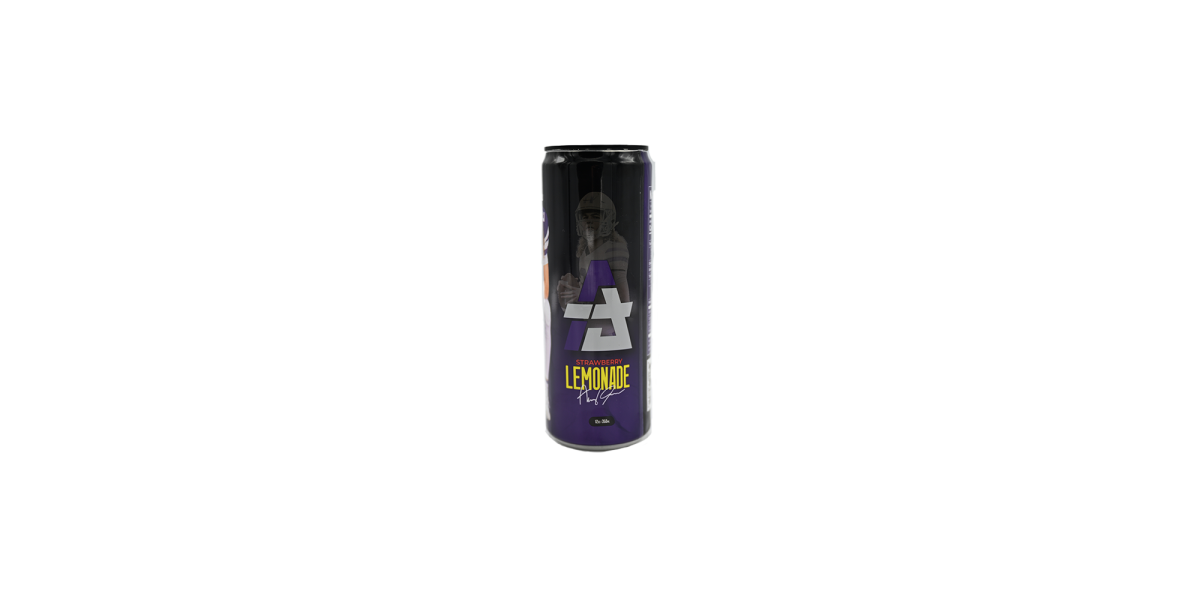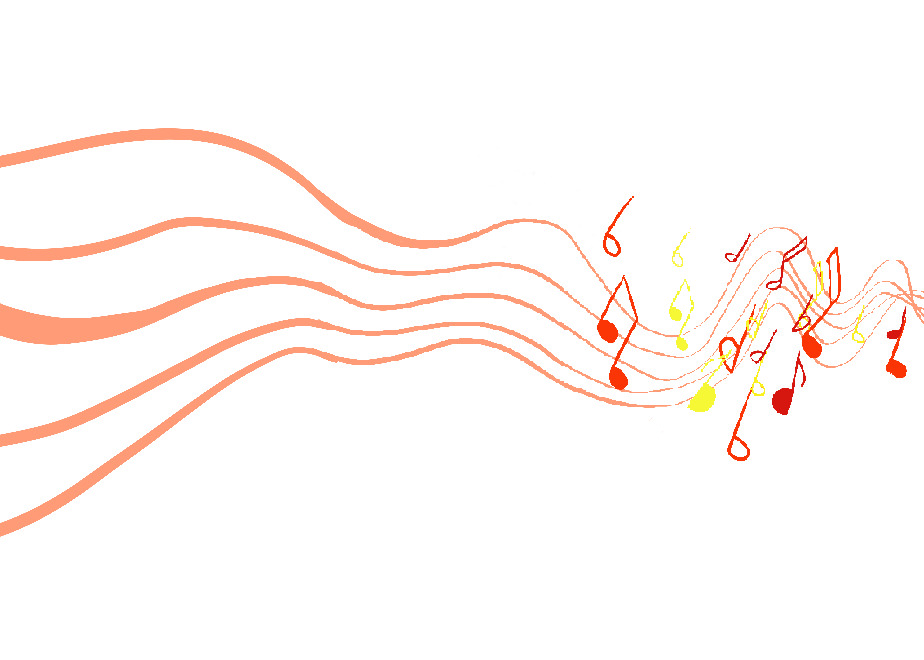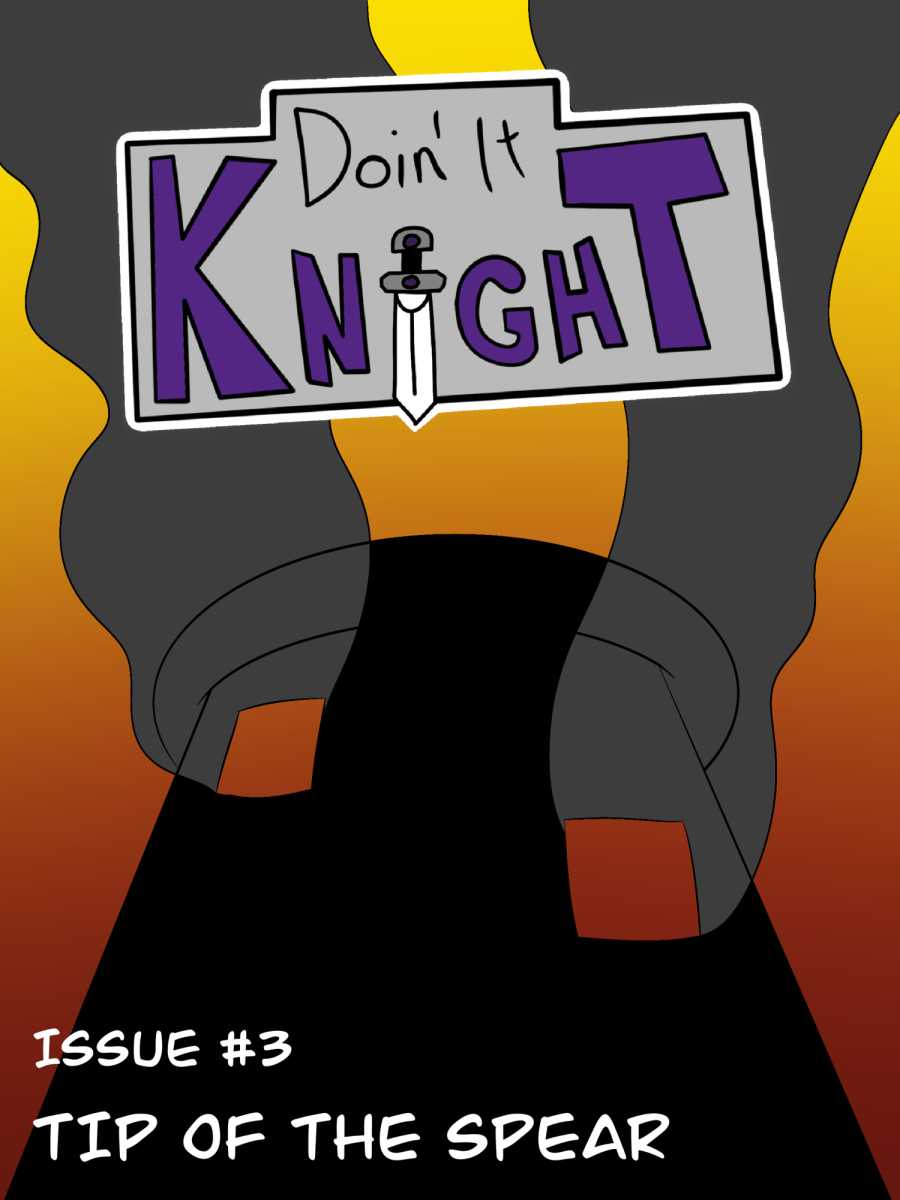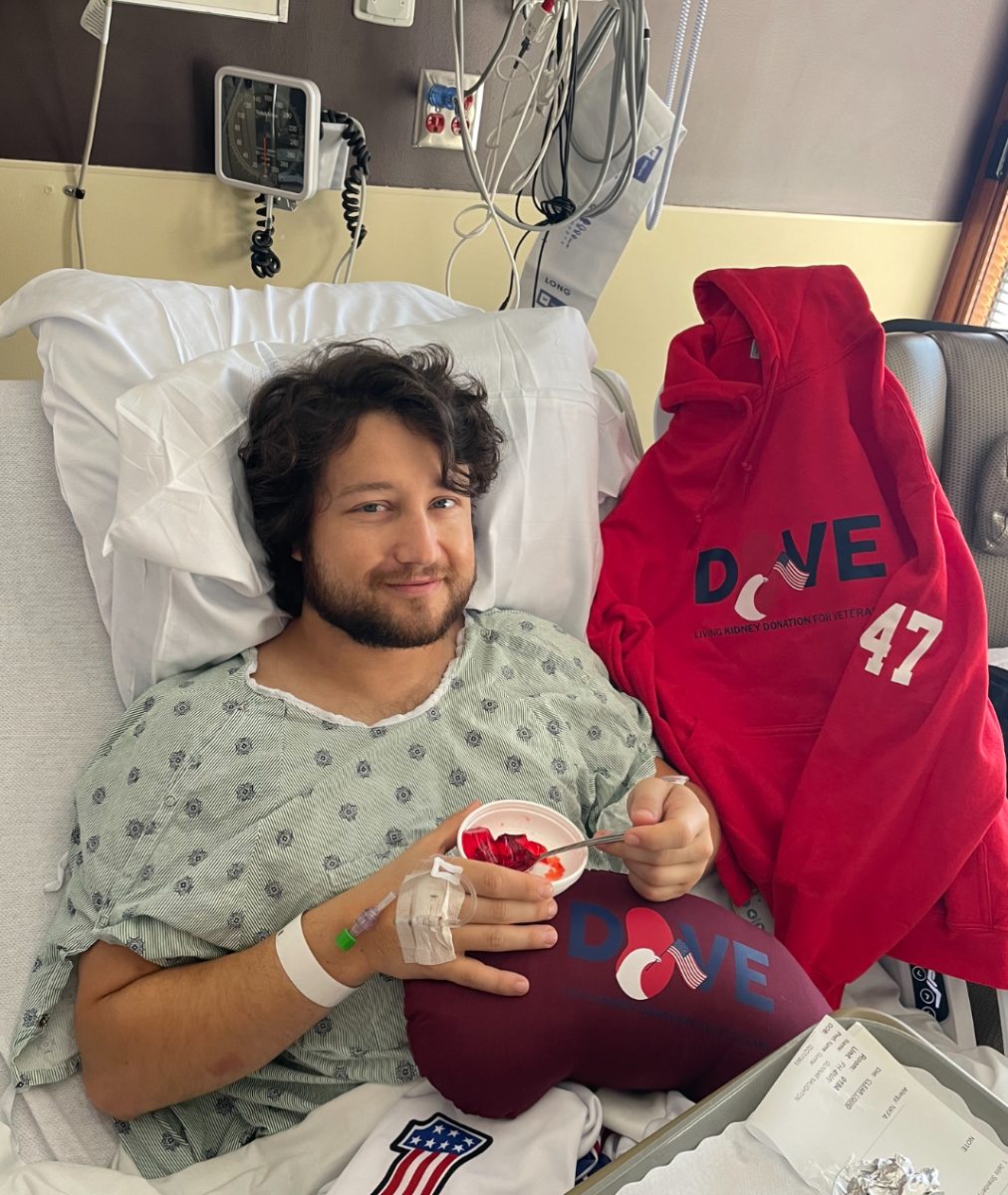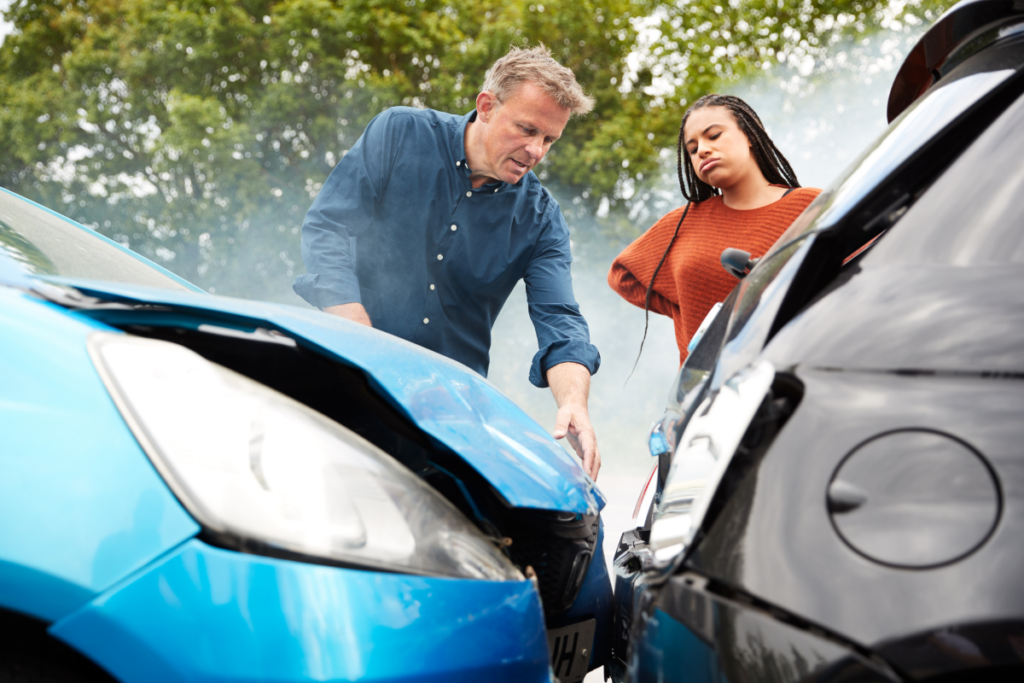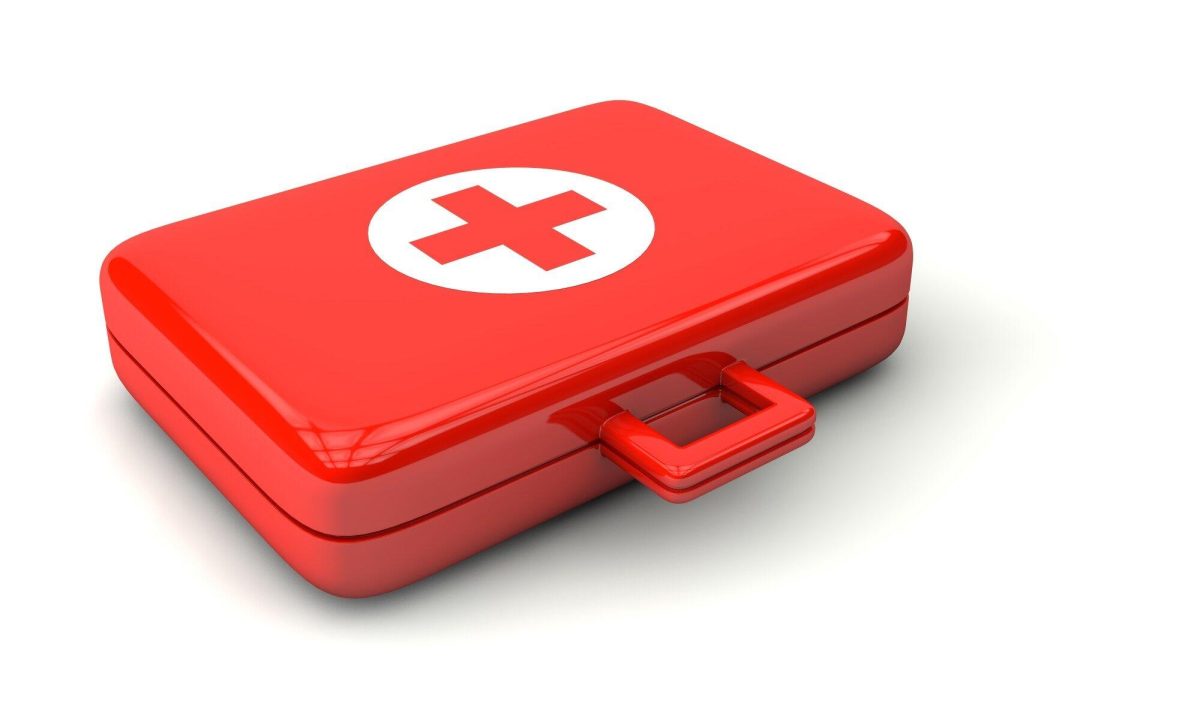Burns can be some of the worst injuries a person experiences. Even minor burns can be painful and leave scars. The worst burns can leave a person with debilitating injuries, intense pain, and permanent disfigurement. In many cases, treatments for burns can be painful.
When most people think of burn injuries, they tend to focus on fire. While fires can be a significant risk, there are so many other ways a person may suffer burn injuries. Many causes are common things we encounter every day and don’t see as a risk. That’s why people need to understand the common causes of burns.
This post will explore some of the ways burn injuries occur.
The Types of Burns
Before covering the common causes of burns, it is important to know how burns are classified. Medical professionals classify burns by degree based on the severity. This is not just for burns from fire, it can cover other causes as well. The following are the degrees of burns:
- First Degree: The least severe burns, only affecting the surface layer of skin. These typically only result in red skin and usually heal within a few days.
- Second Degree: These burns not only affect the surface layer but also penetrate lower layers. Beyond redness, they may cause blistering and swelling. In some cases, they may cause scarring.
- Third Degree: This category represents the most severe burns. These burns penetrate beyond the skin layers and reach the fat beneath. They may look black, brown, or white and cause intense pain. These burns can destroy the tissue and nerves in the area.
Flames and Fire
Fires and flames are a common cause of burn injuries. House fires and explosions are among the most common risks. When exposed to flames, individuals can sustain varying degrees of burns depending on the duration of contact. It is important to note that different types of flames can vary in heat. The fuel source and other factors can make flames more of a threat. Cooking mishaps, electrical fires, and workplace accidents are among the most common issues leading to these incidents.
Scalding Burns
Scalding injuries are common ways of getting burns. These injuries are even more common among children and seniors. Accidental spills of hot water or oil can result in severe burns. Injuries from hot liquids often result from cooking accidents or spilling hot beverages.
In addition to burns from hot liquid, it is also important to recognize the danger of steam. In some cases, steam can cause worse burns than hot water. When inhaled, steam could potentially burn the victim’s windpipe. Common causes of steam injuries include teapots, steam cleaners, and irons.
Chemical Burns
Chemical burns occur when the skin or eyes come into contact with corrosive substances like acids and alkalis. In many cases, the risk for chemical burns may come from household products like cleansers. Chemical burns can cause tissue damage and severe pain, requiring immediate medical attention. Proper storage and handling of chemicals, along with the use of protective gear such as gloves and goggles can help prevent chemical burns.
Hot Objects
Contact with hot objects can lead to severe burns. In many cases, the hot object is a household item like an iron or a pan. Some tools also produce heat and can cause contact burns when touched. Being careful and using protective equipment can help prevent these burn injuries. For example, wearing oven mitts can protect against burns when cooking. You should also wear protective clothing when using tools that produce heat.
Defective Products
Defective products can be a significant burn hazard. Faulty wiring in electrical devices or design flaws in kitchen appliances can lead to fires or scald injuries from hot liquids or steam. A faulty space heater could pose the risk of a contact burn. Understanding these risks and being aware of potential recalls can protect against these burn injuries.
It is also important to note that you may need the help of burn injury lawyers after defective product burns. There is a good chance the manufacturer or distributor of the product is liable for damages if the product is defective. However, they might try to avoid paying claimants or take other steps to limit the amount they pay.
Electrical Burns
While electrical shock is a risk of injury in its own right, currents can also generate heat and cause burns. Faulty wiring, exposed electrical sockets, or mishandling of electrical equipment can lead to burns. It is important to always exercise caution when working with electrical equipment or systems. Use the proper safety equipment and avoid taking electrical appliances apart.
Sunburns
Sunburn is another type of burn that people must be aware of. Sunburns occur due to overexposure to ultraviolet (UV) radiation from the sun. While sunburns are often associated with outdoor activities, individuals can also experience them indoors through prolonged exposure to UV lamps or tanning beds. Along with the initial tissue damage, sunburns can also increase your risk for skin cancer.
When it comes to sunburn, prevention is the key. Make sure to wear adequate skin protection when out in the sun for prolonged periods. Beyond wearing protective clothing, you should also wear sunscreen with a high SPF rating.
Regardless of the cause, burns can cause significant pain and damage. That’s why it’s important to be aware of the risks and do what you can to prevent injury.
















